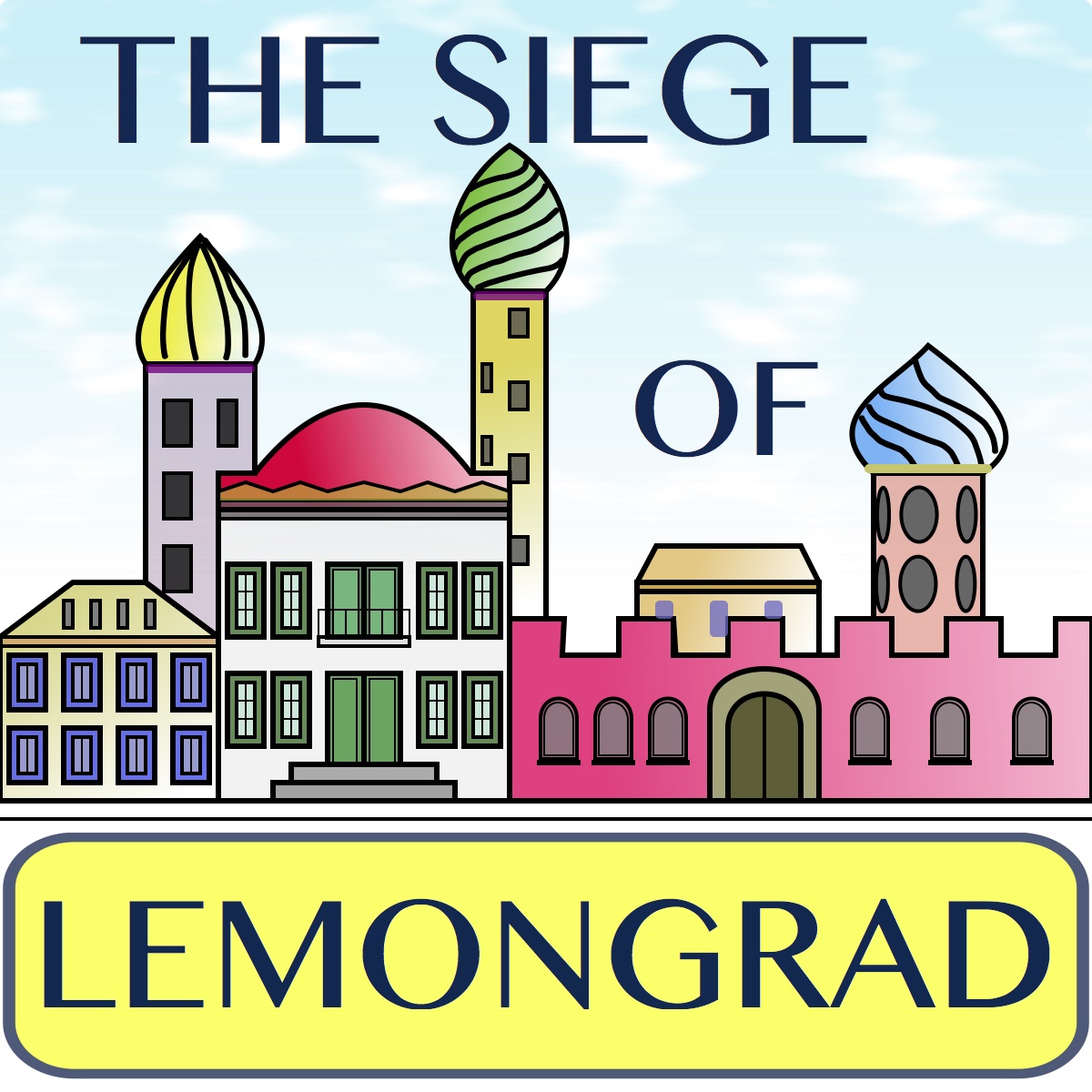Homepage > News items (2025) - (2024) - (2023) - (2022) - (2021) - (2020) - (2019) - (2018) - (2017)
Monthly news items, video links and blog on the Frans Absil Music website
News Archive 2018
December 2018: Schillinger System Diatonic-Symmetric Harmony: The Bass Part
Watch the YouTube video tutorial:
- Schillinger System Diatonic-Symmetric Harmony: The Bass Part (22:20). This Schillinger harmony type by definition combines diatonic roots with independent chord structures. This normally yields a diatonic bass part, except when using the chord groups G6, G64, or a special case of chord inversion. This tutorial demonstrates these principles and the best approach to a bass part with altered notes. You will find this movie in the Music Composition Techniques playlist.
November 2018: Harmony Tension Level Control Video Tutorial and New Composition
New content:
- Harmony Tension Level Control: Schillinger, Hindemith and Pitch-Class Sets, Part 1 Triads (27:38). Control the tension level curve in a chord progression, using the Schillinger Diatonic-Symmetric Harmony System, the chord classification scheme by Paul Hindemith and a Pitch-Class Set interval vector mapping. This episode shows the fundamentals for triads, presents three chord progressions and one orchestral music cue example. You will find it in the Music Composition Techniques playlist.
-
 Redo Or Undo Last Action >> is a composition for electric guitar and string orchestra. It is a tribute to a foreign friend who passed away recently. The piece was written after an extended period of computer stress, during which not only precious files were lost.
(On this page there is a description of the piece, plus links to the PDF full score and the Soundcloud audio). The piece is also on YouTube:
Audio and the making of 'Redo Or Undo Last Action' (9:32)
Redo Or Undo Last Action >> is a composition for electric guitar and string orchestra. It is a tribute to a foreign friend who passed away recently. The piece was written after an extended period of computer stress, during which not only precious files were lost.
(On this page there is a description of the piece, plus links to the PDF full score and the Soundcloud audio). The piece is also on YouTube:
Audio and the making of 'Redo Or Undo Last Action' (9:32)
<< Previous - Top of page - Next >>
September 2018: Dissonant Chords in the Schillinger Diatonic Harmony System: An Overview
Watch the YouTube video tutorial:
- Dissonant Chords in the Schillinger Diatonic Harmony System: An Overview (27:37). This episode summarizes the essentials from the separate tutorials on the Seventh, Ninth and Eleventh Chord. Aspects discussed are chord structure and position, preparation and resolution of the dissonant 7th, 9th and 11th, and root cycles. Two new example diatonic chord progressions are presented in detail. You will find these movies in the Music Composition Techniques playlist.
<< Previous - Top of page - Next >>
August 2018: The Eleventh Chord in Diatonic Harmony video tutorial
Watch the YouTube video tutorial:
- The Eleventh Chord in the Schillinger Diatonic Harmony System (26:01). The 11th chord in diatonic harmony has three dissonant chordal functions 7, 9, and 11, that require preparation and resolution through careful voice leading. This tutorial discusses the S11 chord structure and position, and dissonance preparation and resolution techniques through suspensions, descending and ascending stepwise motion. Usage of the 11th chord is demonstrated with chord progressions and an up-tempo rock music example. You will find these movies in the Music Composition Techniques playlist.
<< Previous - Top of page - Next >>
July 2018: The Siege of Lemongrad
Last month I saw the movie The Death of Stalin (director: Armando Iannucci) with the wonderful score by Christopher Willis. The music is in period style, with a socialist realism idiom. At first I thought that the score was a compilation of musical quotes with new transitions. But then in an interview I read that Willis had spent months studying scores to identify the Shostakovich and Prokofiev style elements, before coming up with his amazing original score for large orchestra.
 So I decided on a homework assignment and see how far I could get spending significantly less time over a period of weeks. I reread the Dover score of the Shostakovich symphonies No. 1 and 5, listing typical style elements. Then I spent a couple of days sketching a piece as a condensed score. After that I wrote the full score for symphony orchestra in Finale (find it in the composition list on this site), before moving to Logic Pro for a Midi mockup. As usual, creating a more or less realistic synthetic orchestra is a labour-intensive process, especially on my old 12 Gb Mac Pro. For pragmatic reasons, I limited myself to the Spitfire Symphonic Library, bounced regions with specific instrument articulations to audio, then did the mix.
So I decided on a homework assignment and see how far I could get spending significantly less time over a period of weeks. I reread the Dover score of the Shostakovich symphonies No. 1 and 5, listing typical style elements. Then I spent a couple of days sketching a piece as a condensed score. After that I wrote the full score for symphony orchestra in Finale (find it in the composition list on this site), before moving to Logic Pro for a Midi mockup. As usual, creating a more or less realistic synthetic orchestra is a labour-intensive process, especially on my old 12 Gb Mac Pro. For pragmatic reasons, I limited myself to the Spitfire Symphonic Library, bounced regions with specific instrument articulations to audio, then did the mix.
In the YouTube video, there is the audio mixdown, with an annotated condensed score and cartoonesque graphics, telling a mockery story about the fictitious Siege of Lemongrad. I hope you'll enjoy watching this experiment. Happy summer holidays 2018!
- The Siege Of Lemongrad movie (7:46)
- For details see The Siege of Lemongrad Description page >>
<< Previous - Top of page - Next >>
June 2018: Reusing Compositional Elements From the Tristan Act 3 Prelude
New content:
- Reusing compositional elements from Richard Wagner's opera 'Tristan und Isolde', Act 3 Prelude (20:25). Analysis of this slow introduction music reveals a multilevel ternary form, plus a number of harmonic, melodic, and instrumentation elements. These are used to create new, contemporary idiom example compositions. You will find it in the Music Composition Techniques playlist.
- Composition: Gloomy Night in Drizzly Downtown >> (On this page there is a description of the piece, plus links to the PDF full score and the Soundcloud audio).
<< Previous - Top of page - Next >>
May 2018: Composing with a Pitch-Class Set: the Orchestral Score for the 'Nika Albi' Trailer
There's a fresh YouTube video tutorial and new audio demos on SoundCloud:
- Composing with a Pitch-Class Set: the Orchestral Score for the 'Nika Albi' Trailer (12:25). PC-Set 5-Z17 (Allen Forte prime form numbering) is used as the unifying source in the atonal orchestral score for the Spitfire Audio Albion ONE 10th Anniversary trailer scoring competition. PC Set properties, derived chord structures and melody are demonstrated. Form and set application shown in an annotated condensed score. You will find it in the Music Composition Techniques playlist.
- New ambient and film music audio demos on SoundCloud. Here's the link:

- The EU General Data Protection Regulation (GDPR) takes effect from 25 May 2018. In compliance with the GDPR there is a statement that applies to the website and webshop. Read my GDPR Compliant Privacy Notice >>
<< Previous - Top of page - Next >>
April 2018: Ninth Chords in Diatonic Harmony video tutorials
Watch the YouTube video tutorials about 'Ninth Chords in the Schillinger Diatonic Harmony System':
- Part 1: Fundamentals (21:02). Using the 9th chord in diatonic harmony requires careful treatment of the dissonant chordal functions 7 and 9. Part 1 presents the fundamentals: the S9 chord structure in root position, the stepwise descending resolution and the three preparation options.
- Part 2: Progressions (21:43). This episode discusses three diatonic chord progressions with the ninth chord S9, and a short piece of mood music. You will find these movies in the Music Composition Techniques playlist.
- Read more about these and other YouTube videos. Descriptions and links.
<< Previous - Top of page - Next >>
February 2018: Euclidean Rhythm in Police Precinct Five movie
After reading the Godfried Toussaint 2017 paper I applied an Euclidean rhythm in a thrill music cue. This composition uses various rhythm and orchestral techniques. In the example there is a combination of fandango, Euclidean and cross-rhythm. A YouTube video discusses this piece in detail:
- Euclidean Rhythm in Police Precinct Five (13:51, YouTube). You will find it in the Music Composition Techniques playlist.
<< Previous - Top of page - Next >>
January 2018: Two Videos and One Copyright Claim
I decided to participate in the January 2018 Spitfire Audio scoring competition. My entry is an orchestral score for the Albion ONE 10th Anniversary trailer movie. The short piece in atonal style is called 'Nika Albi' and here's the media: Albion ONE trailer movie with soundtrack >> | Description >> | PDF Full Score >>
Two videos were added to the YouTube channel and there is a disappointing start of 2018:
-
Multilevel Harmonic Sequence and how the Valse Triste became a saddening experience (Modified Version) (14:30).
The introduction to this waltz by Jean Sibelius contains harmonic sequences at the global and local level. At the turn of the year the copyright bug hit me. Through artificial intelligence software or a human reviewer from AdShare there was a copyright claim message, that forced me to edit the original video and upload a modified version with the story in the voiceover. Apparently my Midi mockup of a score fragment was of such outstanding quality that it triggered the alarm. The dispute is in process; please leave a comment.
Multilevel Harmonic Sequence in the Introduction to the Valse Triste Op 44 by Jean Sibelius (Original version) (13:30). Update: The copyright claim was lifted by February 2018. So here is the link to the original video tutorial. You will find this episode in the Music Composition Techniques playlist. - Modal Meetup between Persichetti and Schillinger: Composing with Modal Triads (21:50). Modal harmony derived from 7-pitch diatonic scales. Generalisation of root movement using the root cycle approach. Classification of modal triads as primary and secondary. Writing chord progressions in minor modes. Modification of the diminished triad. Example with a melodic and harmonic continuity in quasi-ancient, late Renaissance style. You will find it in the Music Composition Techniques playlist.
-
Read more about these and other YouTube videos. Descriptions and links. Or,
Go to my YouTube video channel >>
